Woodworking is a rewarding and versatile craft that allows individuals to create beautiful and functional pieces from natural materials. Whether you’re interested in pursuing woodworking as a hobby or a potential career, this guide will provide you with essential tips for getting started. From choosing the right tools and workspace setup to safety precautions and finding a supportive community, this article has got you covered.
Contents
Essential Woodworking Tools

Having the right tools is crucial for any woodworking project. For beginners, it’s essential to invest in a basic set of tools that are versatile enough to tackle a variety of projects. Some fundamental woodworking tools include a handsaw, chisels, a hammer, a tape measure, a combination square, a workbench, and a drill. As you gain experience and confidence, you can gradually add more specialized tools to your collection.
The quality of your tools plays a significant role in your woodworking experience. High-quality tools not only provide better results but also ensure your safety while working. It’s always a good idea to research and read reviews before purchasing tools, and keep in mind that you don’t necessarily need to buy everything at once. Building your toolkit over time allows you to better understand which tools are essential for your specific needs.
Choosing the Right Wood
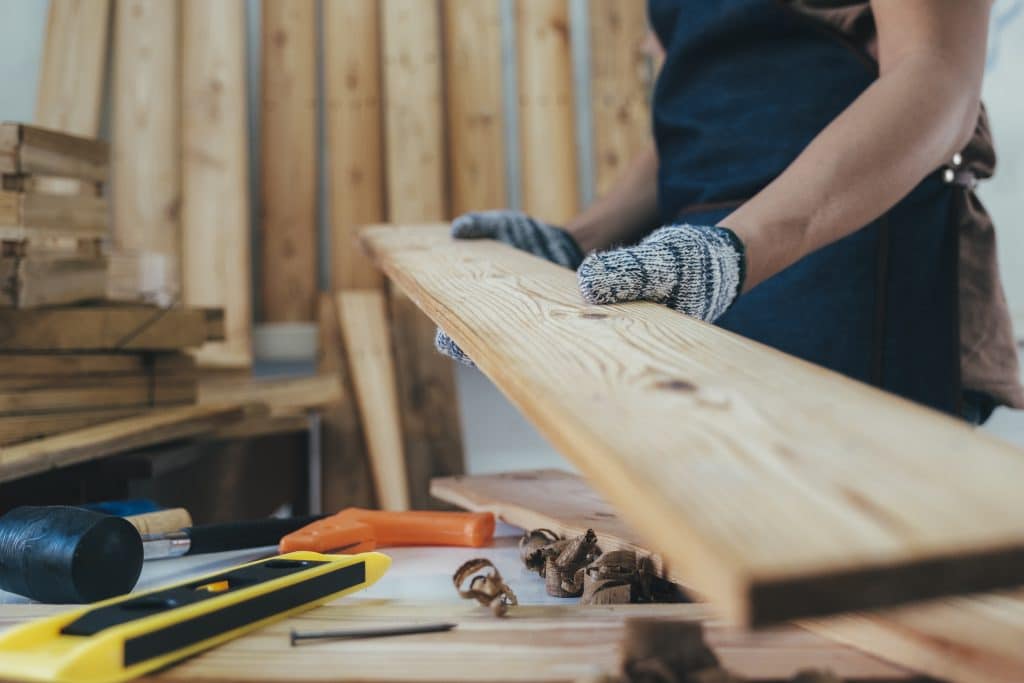
There is a wide variety of wood types available, each with its unique characteristics, including hardness, color, grain pattern, and workability. As a beginner, it’s essential to familiarize yourself with the most common types of wood, such as pine, oak, maple, and walnut. These species are readily available, relatively affordable, and suitable for a range of woodworking projects.
When selecting wood for a project, consider factors like the intended use, desired appearance, and your skill level. For example, if you’re working on a small decorative piece, a hardwood like oak or walnut may be more appropriate due to their attractive grain patterns. Conversely, if you’re building a sturdy piece of furniture, a strong and durable wood like maple or pine might be a better choice. Understanding the specific properties of different woods will help you make informed decisions and yield better results in your projects.
Setting Up Your Workspace
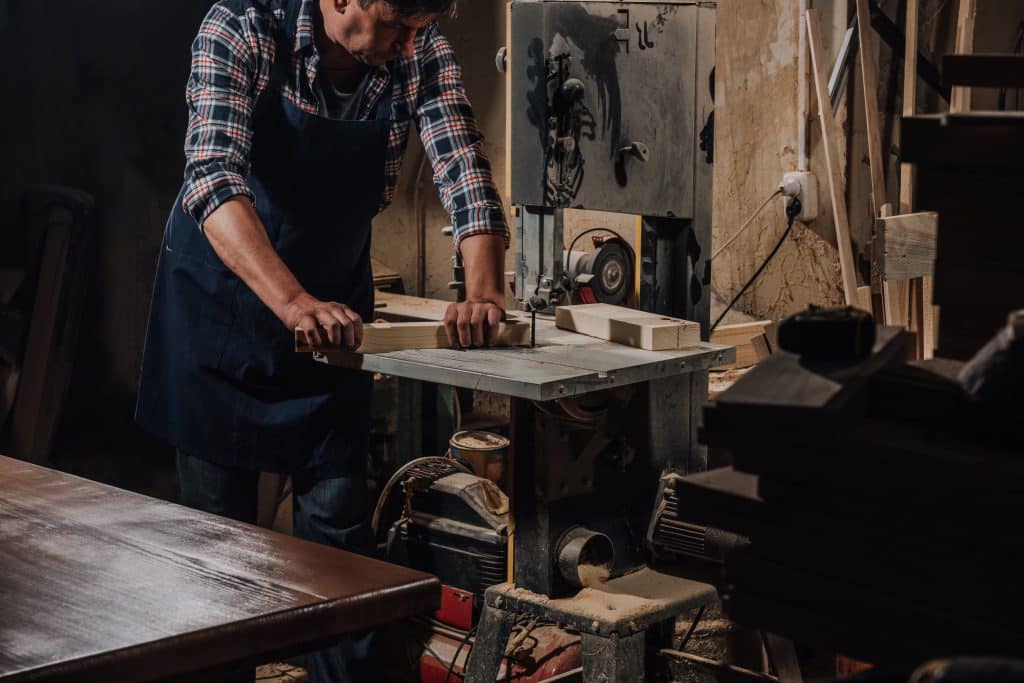
A dedicated woodworking space is essential for staying organized, focused, and efficient. Ideally, your workspace should be well-lit, ventilated, and spacious enough to accommodate your tools, materials, and projects. Consider dedicating a corner of your garage, basement, or even an outdoor shed to your woodworking endeavors.
Organizing and maintaining a clean workspace is crucial for both productivity and safety. Invest in proper storage solutions, such as shelves, cabinets, and pegboards, to keep your tools and materials neatly arranged and easily accessible. Regularly clean up sawdust and debris to minimize the risk of accidents and maintain a pleasant working environment.
Learning Basic Woodworking Techniques
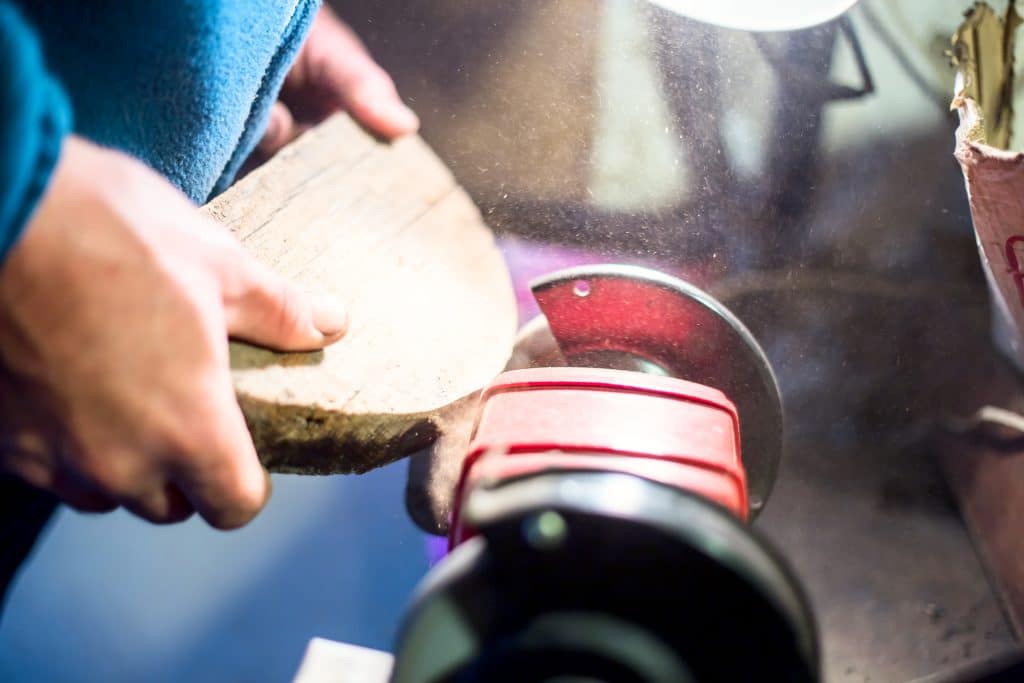
Mastering basic woodworking techniques is the foundation for success in more complex projects. As a beginner, it’s essential to learn fundamental skills such as measuring and marking, cutting, drilling, sanding, and joining. Practice these techniques using scrap wood before applying them to actual projects to avoid costly mistakes and ensure consistent results.
While it’s tempting to jump into more advanced woodworking techniques, it’s crucial to develop a strong foundation in the basics first. As you gain experience and become more confident in your abilities, you can gradually explore more complex and challenging techniques. Taking the time to hone your basic skills will ultimately lead to greater proficiency and satisfaction in your woodworking journey.
Safety Precautions And Protective Gear
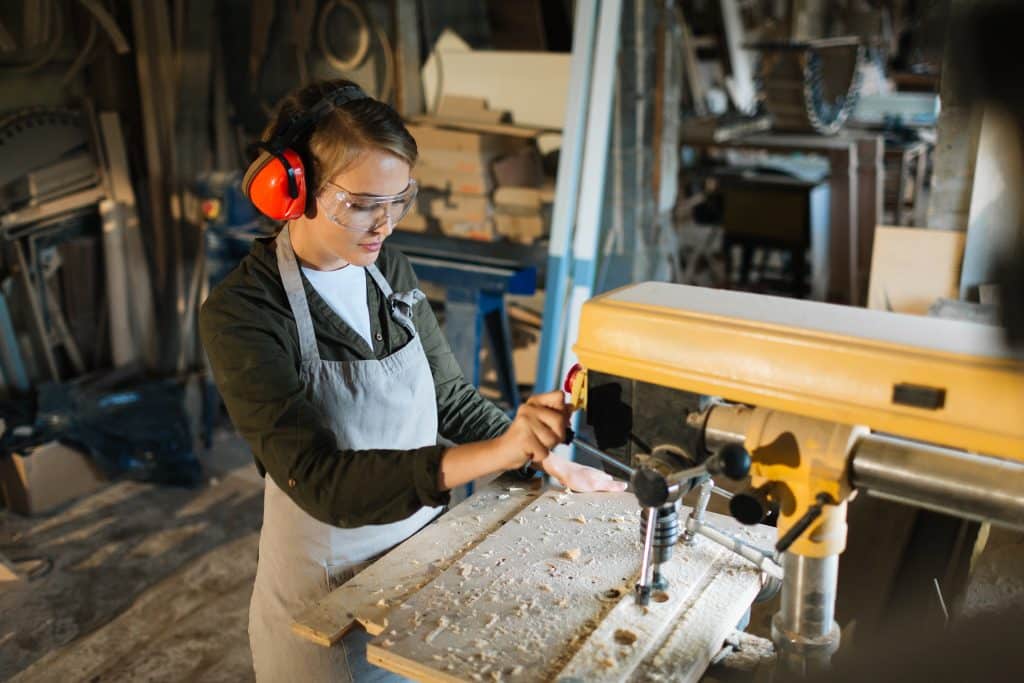
Safety should always be a top priority when working with woodworking tools and machinery. Accidents can happen quickly, and taking proper precautions can prevent injuries and ensure a safe working environment. Always read and follow the safety guidelines provided by tool manufacturers, and ensure that your workspace is well-organized and free from hazards.
Wearing appropriate protective gear is crucial for reducing the risk of injury while woodworking. Essential safety equipment includes safety glasses or goggles, hearing protection, a dust mask or respirator, and durable gloves. Additionally, avoid wearing loose clothing or jewelry that could get caught in tools or machinery, and always maintain a focused and cautious approach when working with sharp or powerful tools.
Woodworking Plans And Projects For Beginners
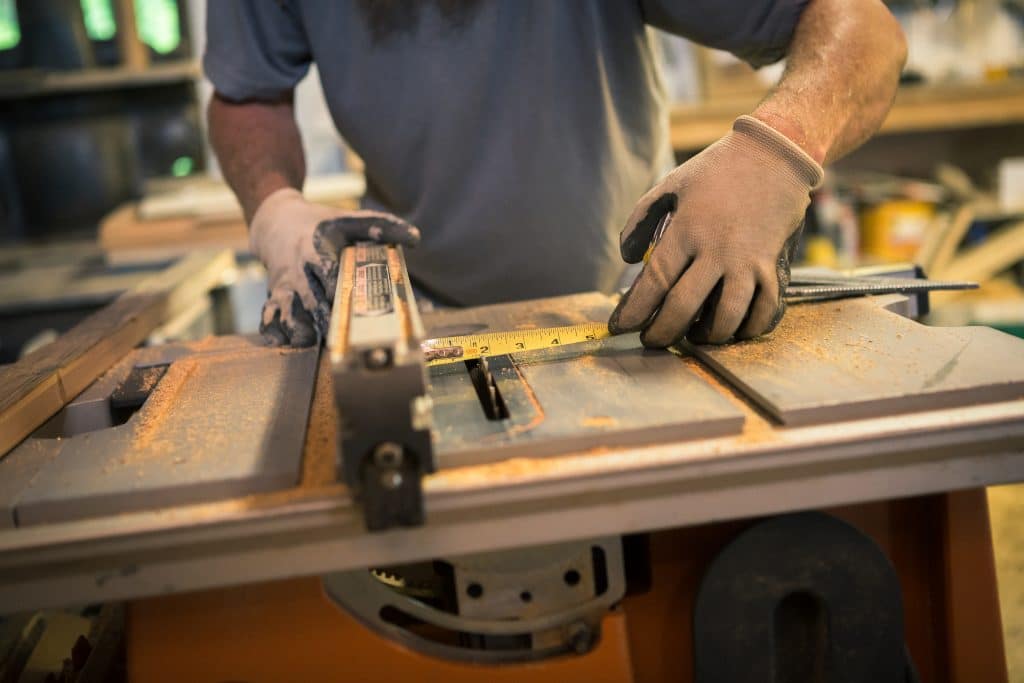
Using woodworking plans and patterns can be incredibly helpful for beginners, as they provide step-by-step guidance and ensure accurate measurements and proportions. Many woodworking plans are available online, in books, or through woodworking communities. Start by choosing simple, beginner-friendly projects that require only basic tools and techniques, such as a simple shelf or a small stool.
As you complete these initial projects and develop your skills, you can gradually take on more complex and challenging projects. The key is to build your confidence and experience by tackling projects that are manageable and enjoyable. Remember, woodworking is a lifelong learning process, and there’s always something new and exciting to create.
Joining A Woodworking Community
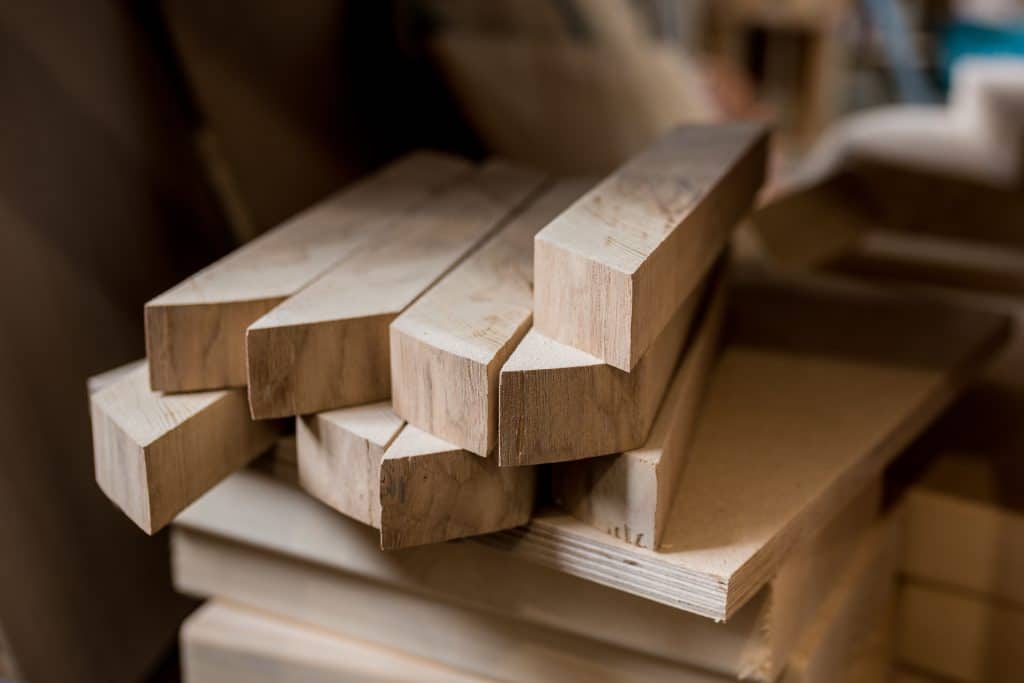
Becoming part of a woodworking community can provide invaluable support, inspiration, and resources as you embark on your woodworking journey. Joining a local woodworking club or group allows you to connect with fellow enthusiasts, share knowledge and experiences, and even access shared equipment and workspace.
If you can’t find a local group, don’t worry – there are plenty of online woodworking communities, forums, and social media groups where you can ask questions, share your projects, and learn from experienced woodworkers. Engaging with others who share your passion for woodworking can not only enhance your skills but also enrich your overall experience in the craft.
Continuous Learning and Improvement

Woodworking is a skill that requires ongoing practice, learning, and growth. As you gain experience, it’s essential to continue expanding your knowledge and refining your techniques. A wealth of resources is available to help you learn and improve, including woodworking books, online courses, workshops, and tutorials.
Making time to practice and stay up to date on the latest woodworking trends can help you unlock your full potential and become a more proficient, confident woodworker. By continually pushing yourself and striving for improvement, you can create beautiful projects that exceed your expectations.
Get Started With Woodworking Today!
Getting started with woodworking can be a fulfilling and enjoyable pursuit, offering endless possibilities for creativity and craftsmanship. By following the tips and steps outlined in this guide, you can build a solid foundation for your woodworking journey. Equip yourself with the right tools, knowledge, and support, and you’ll be well on your way to creating beautiful and functional pieces that reflect your unique style and passion.
Remember, the key to success in woodworking lies in patience, persistence, and a commitment to continuous learning and improvement. Embrace the challenges, celebrate your accomplishments, and most importantly, enjoy the journey as you delve into the world of woodworking.


